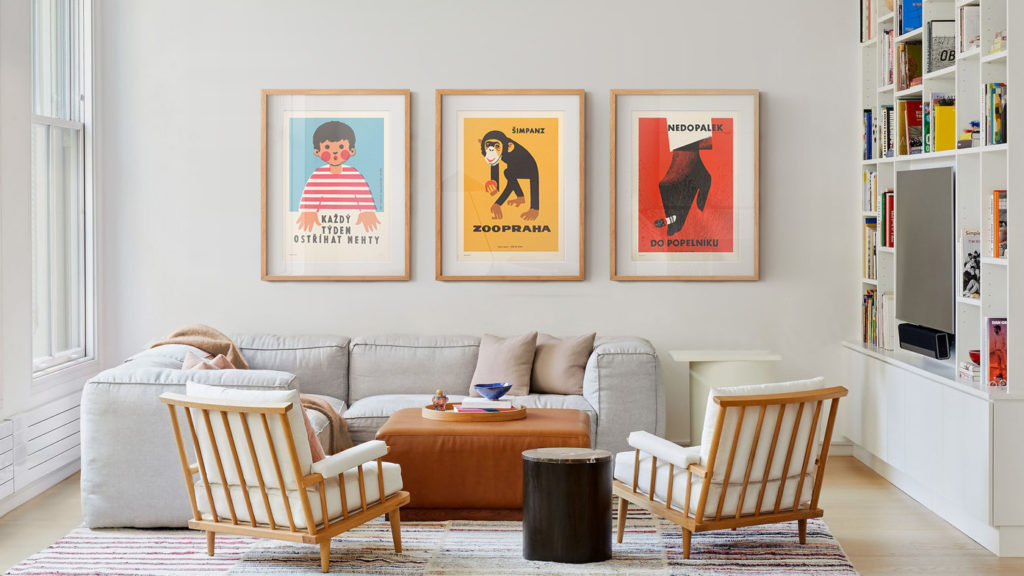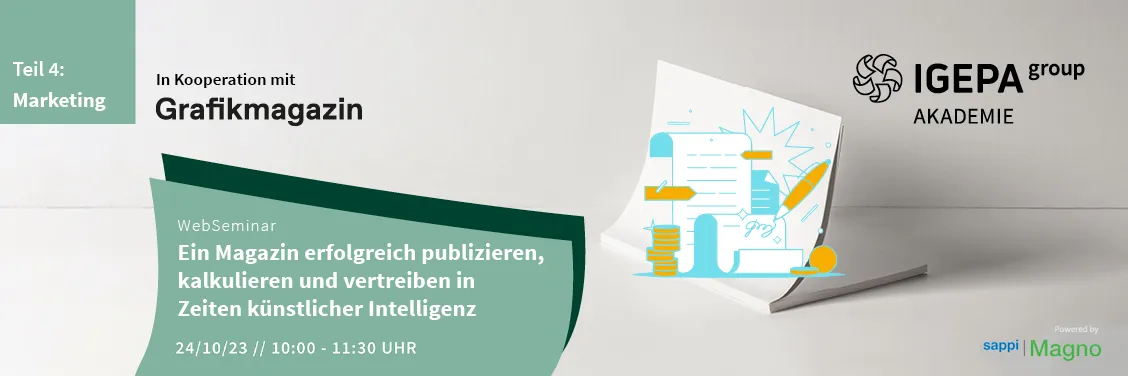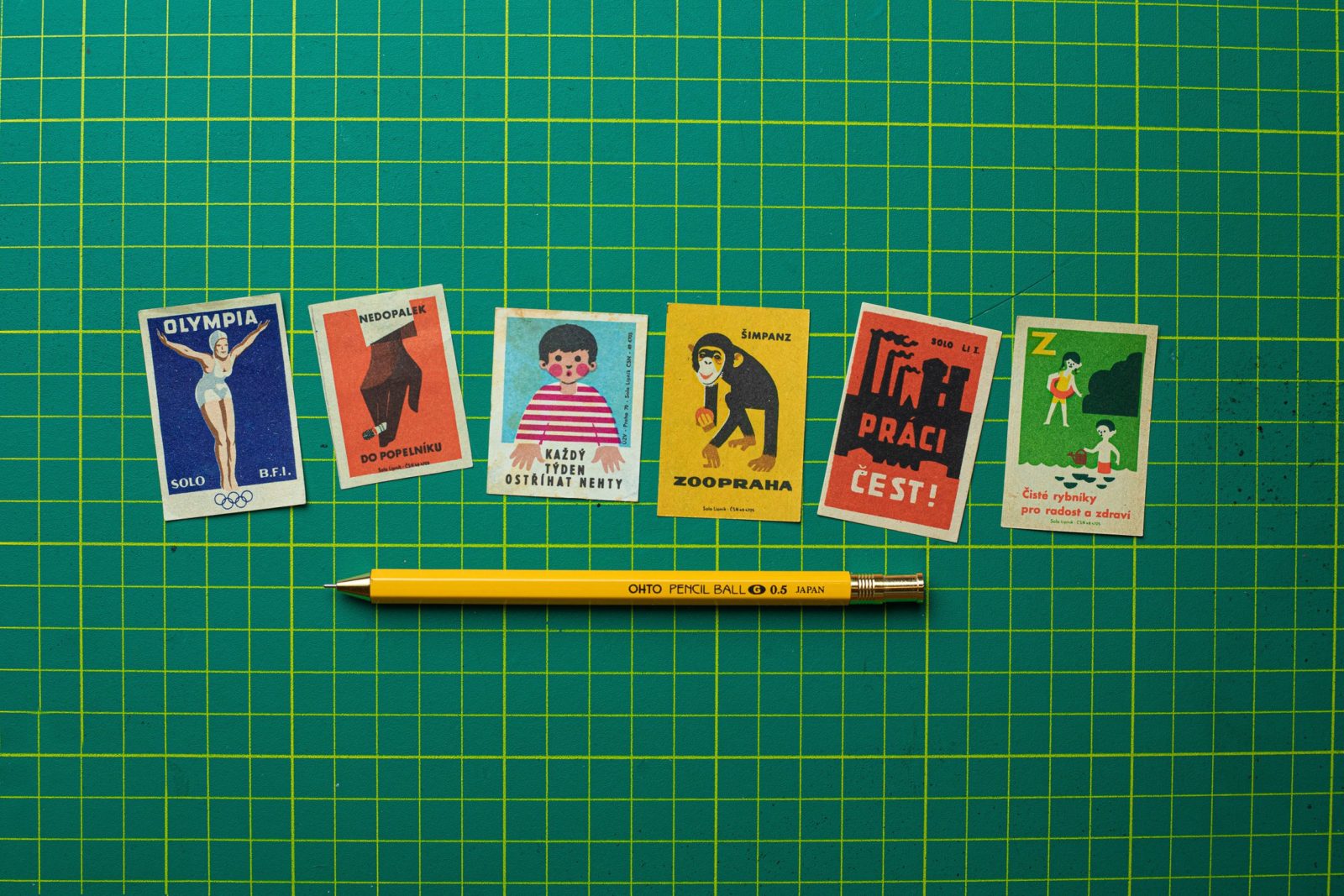Stories that will bring a smile to the face of any illustration lover: a young graphic designer finds a large collection of unique matchboxes from the former Czechoslovakia by pure chance, which had been hidden away since the fall of communism in 1989, and uses them to create three high-quality Soviet-style screen-printed posters.
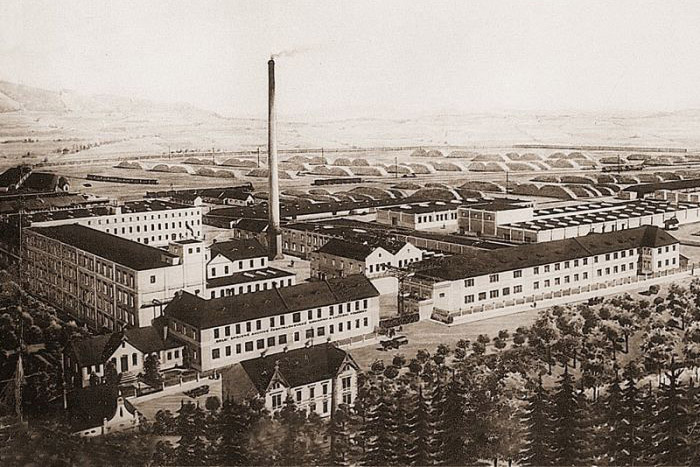
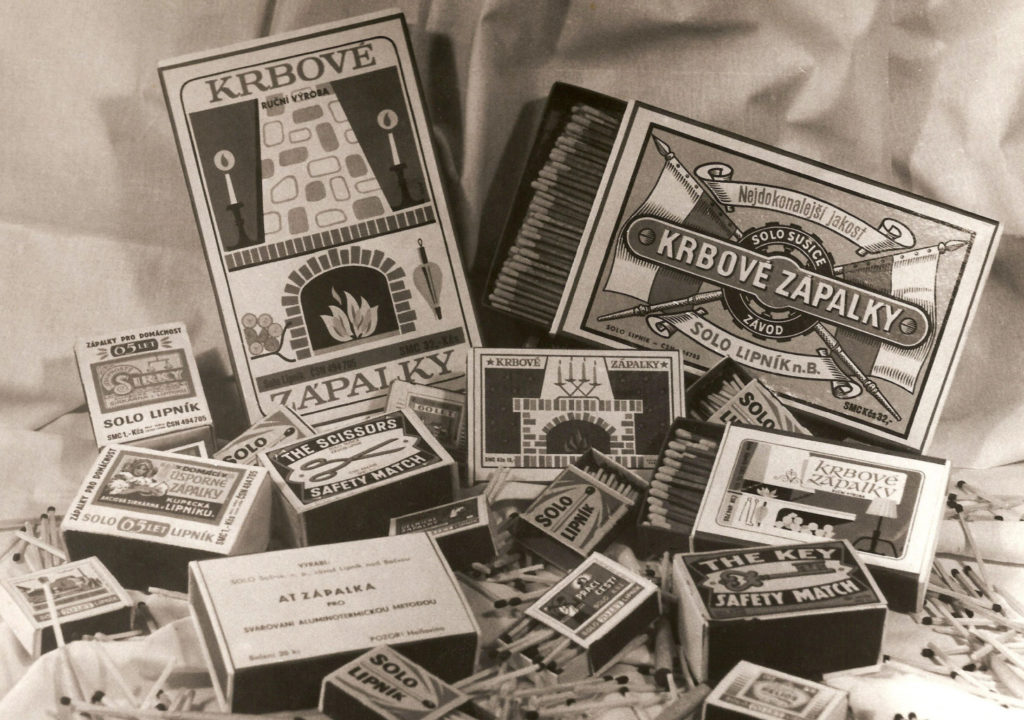
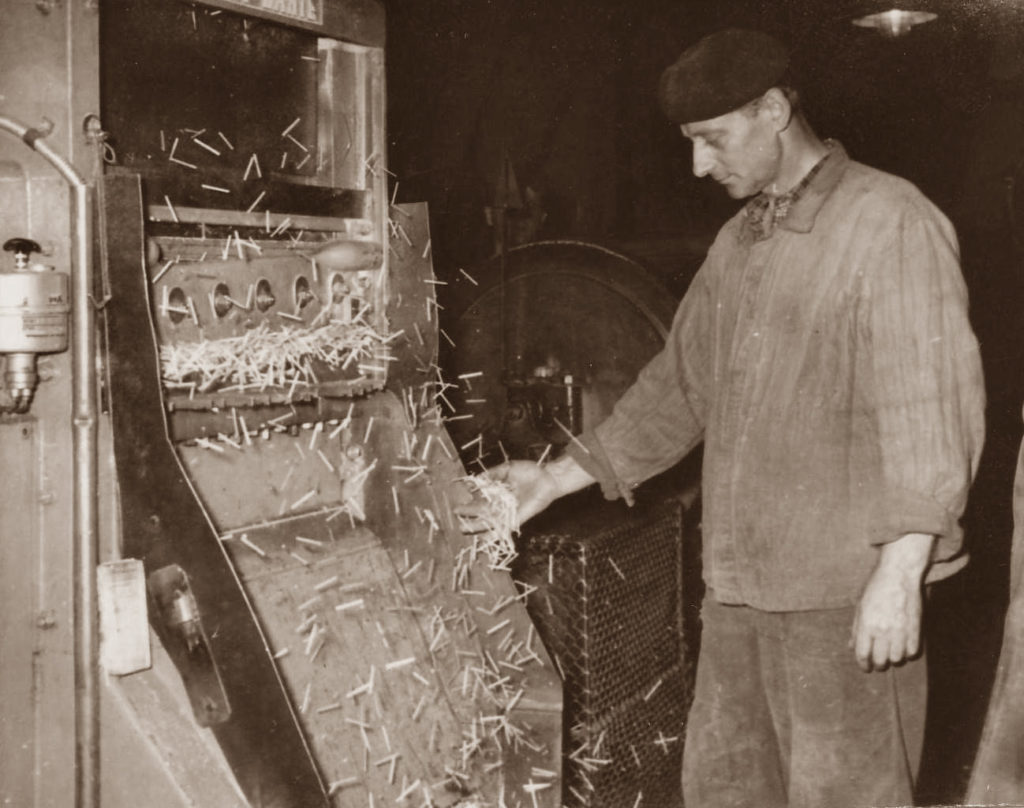
Oliver Beneš, whose roots are in the Czech Republic, visited his grandmother in Sušice in the South Bohemian region of the country last year - and came across his grandfather's enormous matchbox collection by chance. Both grandparents had worked in the "Solo Sušice" match factory, and their household had amassed an impressive collection of around 30,000 matchboxes with around 10,000 designs.
Originally, the production of matches began in Sušice as early as 1826, but it became "Solo" in 1918 when five entrepreneurs from Austria and the Czech Republic came together and made it one of the largest manufacturers in the world. After the Second World War, the company was nationalized and although the factory remained in Sušice, the headquarters moved to Prague. At that time, the company was producing almost 100 million matches per day.
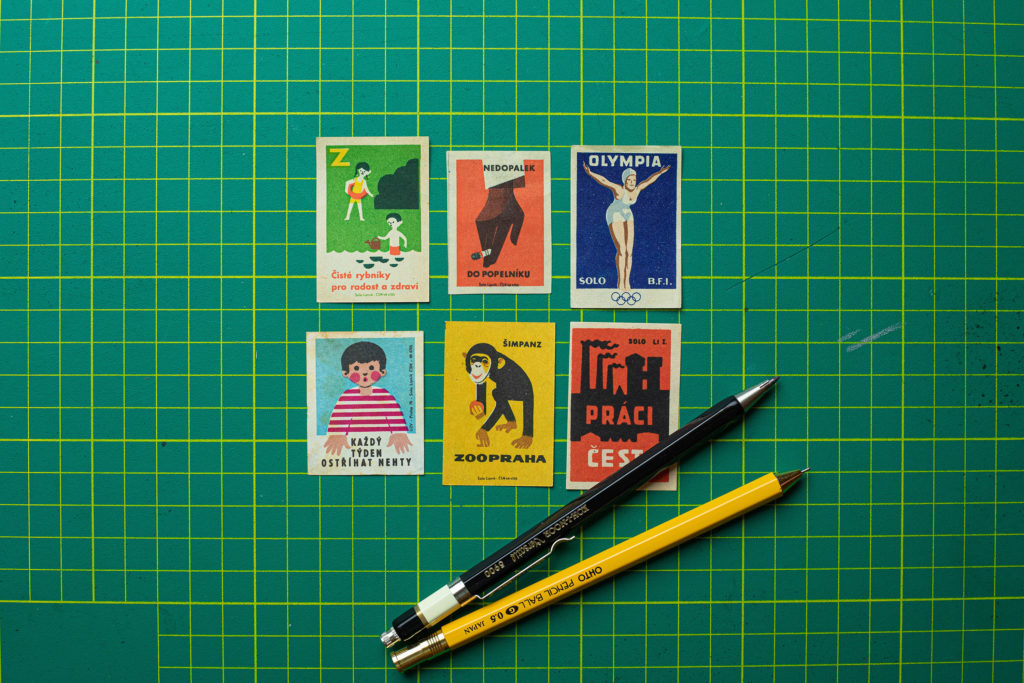
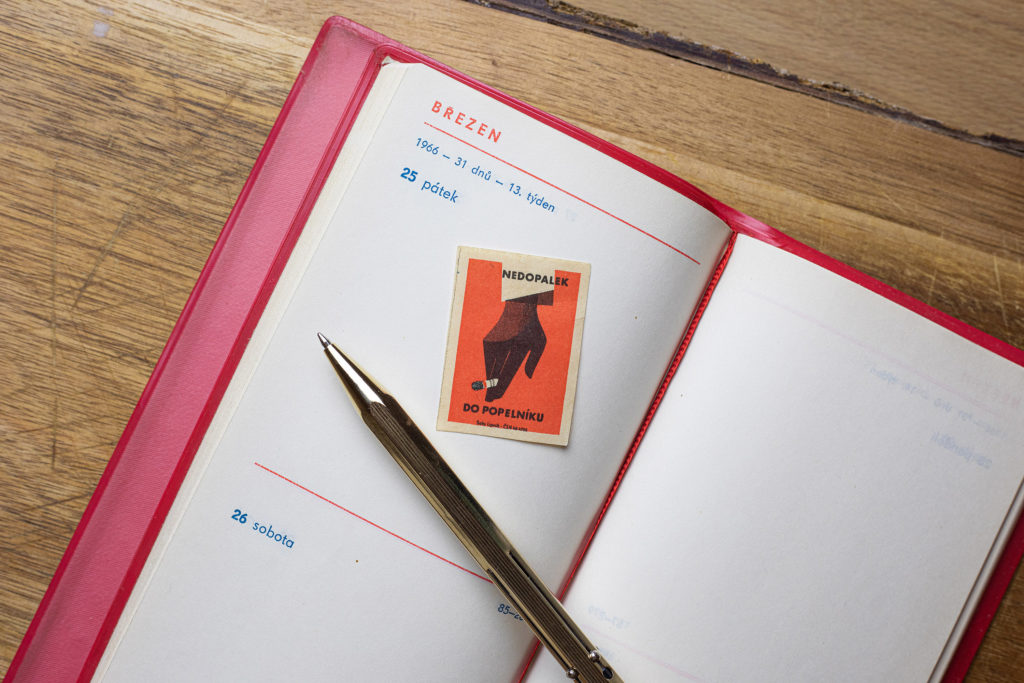
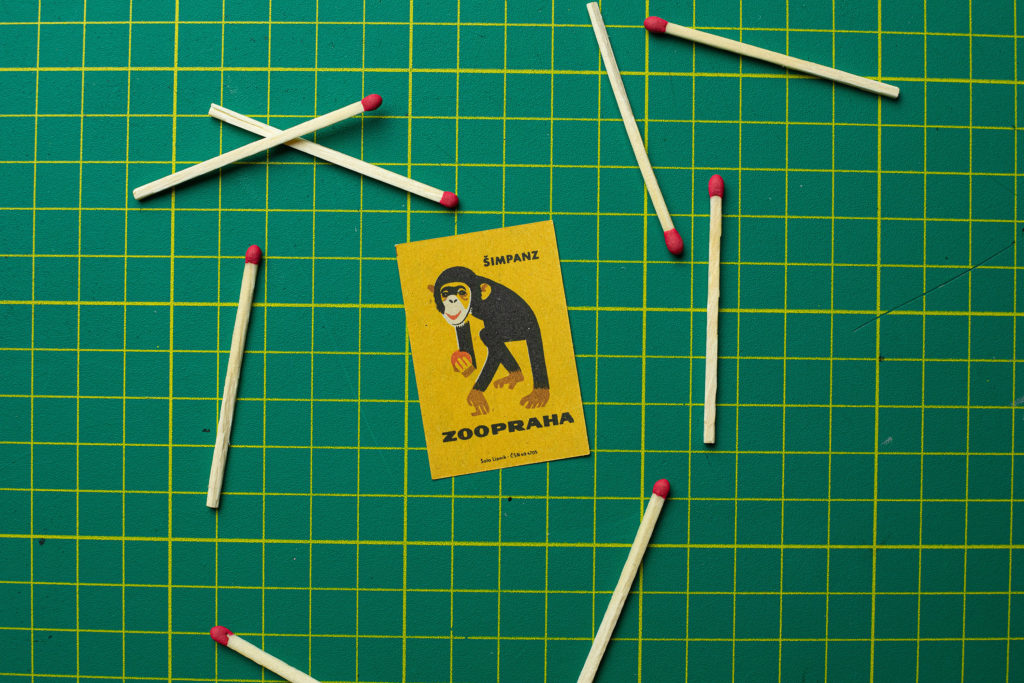

For graphic designer Oliver Beneš, this family treasure was the reason to launch a Kickstarter campaign. "I wanted to preserve the beautiful yet simple design of my grandfather's time," he explains. "The project is meant to be a tribute to him and to the design that would otherwise have been lost to the world, but more importantly to the painstaking legacy of designing something so small and insignificant to most people: A matchbox."
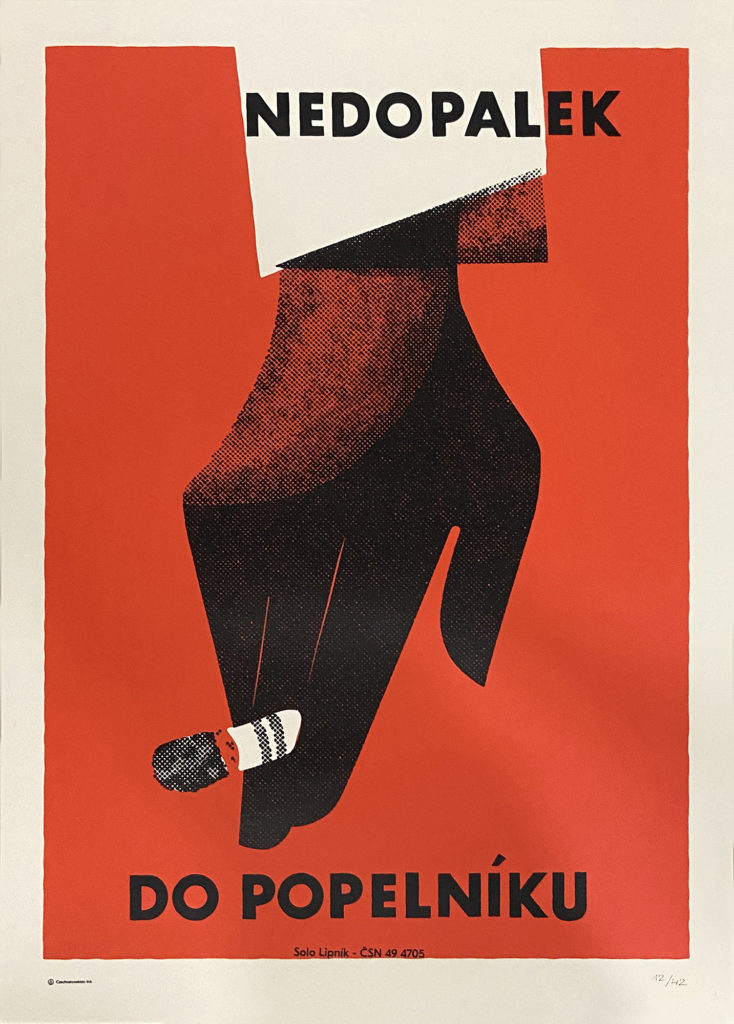
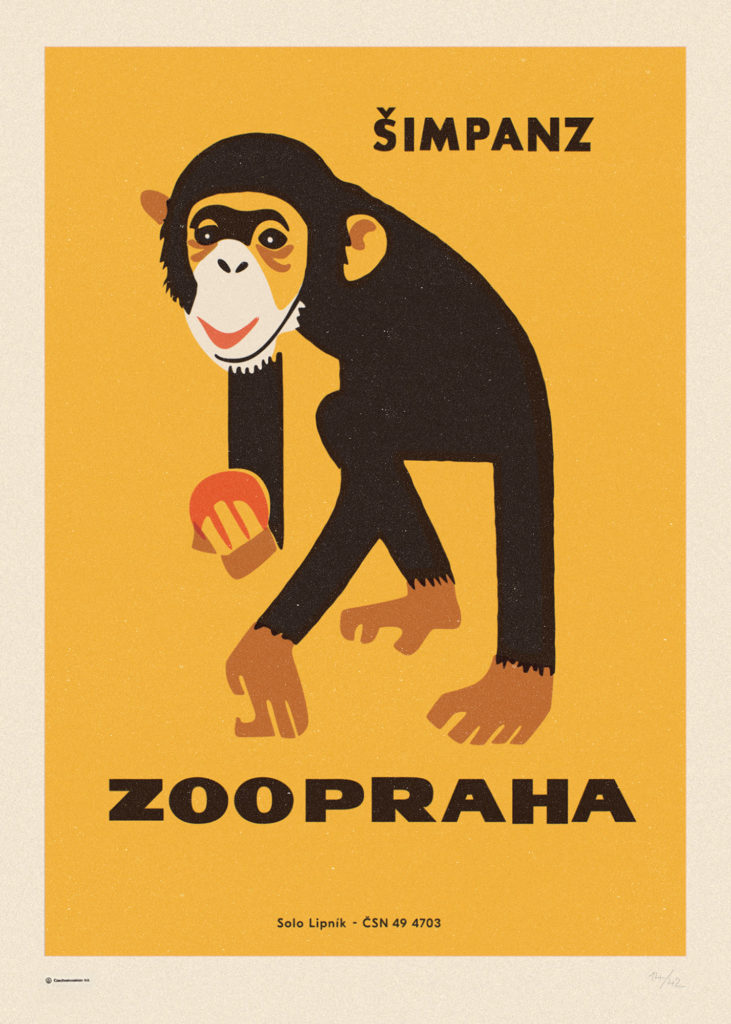
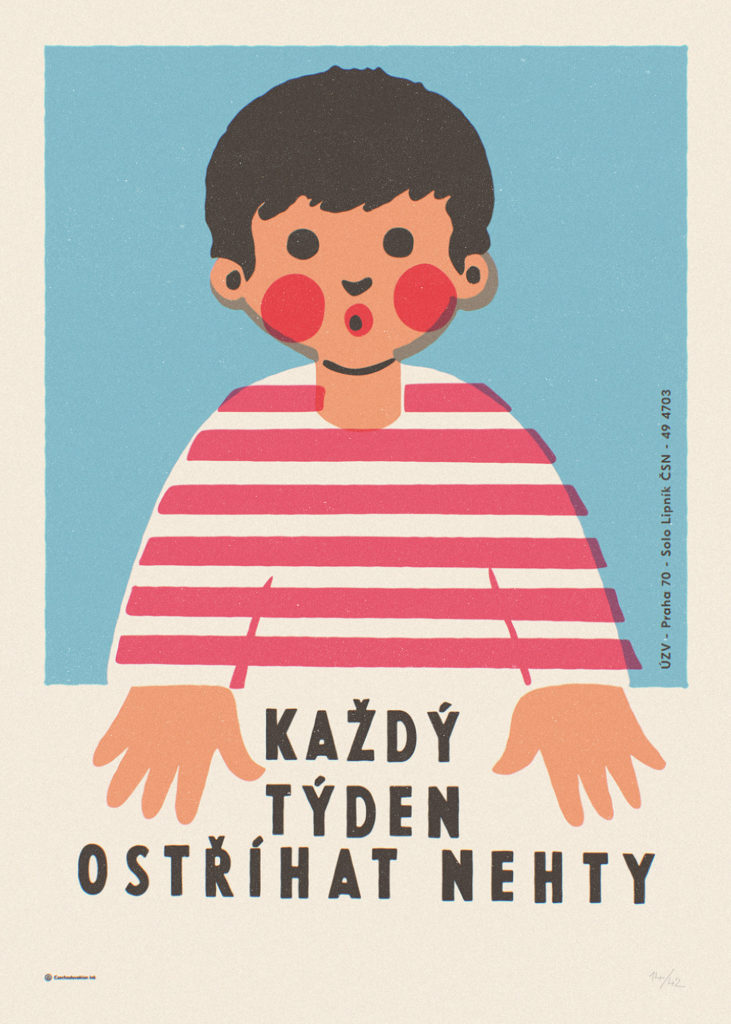
With the help of crowdfunding, he was able to raise enough money to produce even more of these designs in poster format. Three designs have been created so far, but he would like to add many more. His long-term goal is to have his own studio space where he can continue this project in detail. In an elaborate process, he produces the screen printing templates by hand, which are then coated with emulsion and exposed with a UV unit for each color. He uses high-quality 250 g/m² paper for the posters.
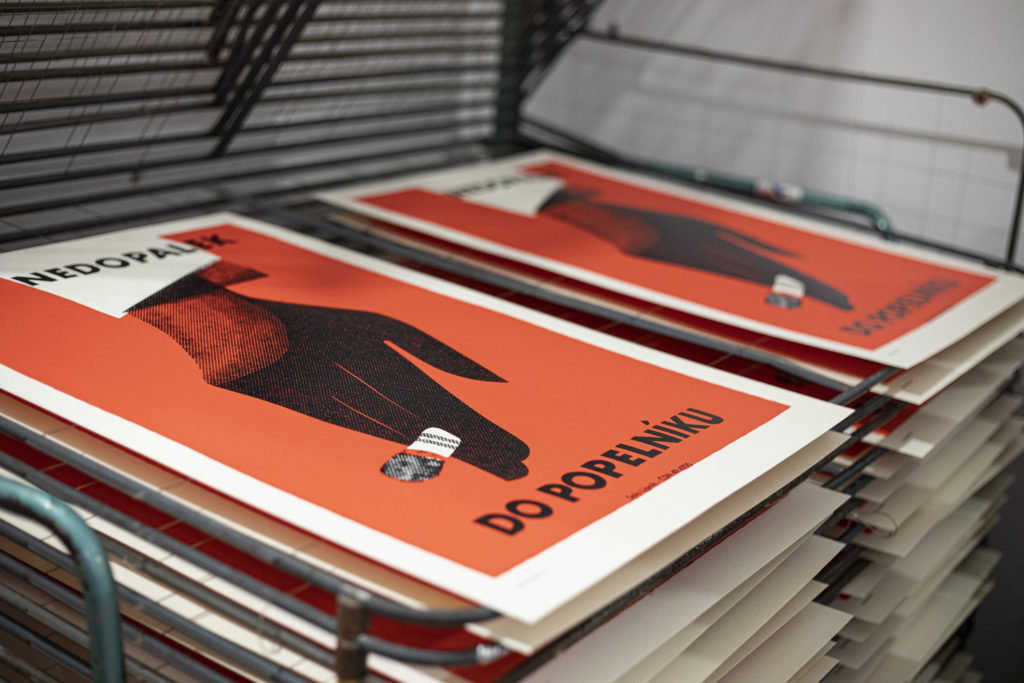
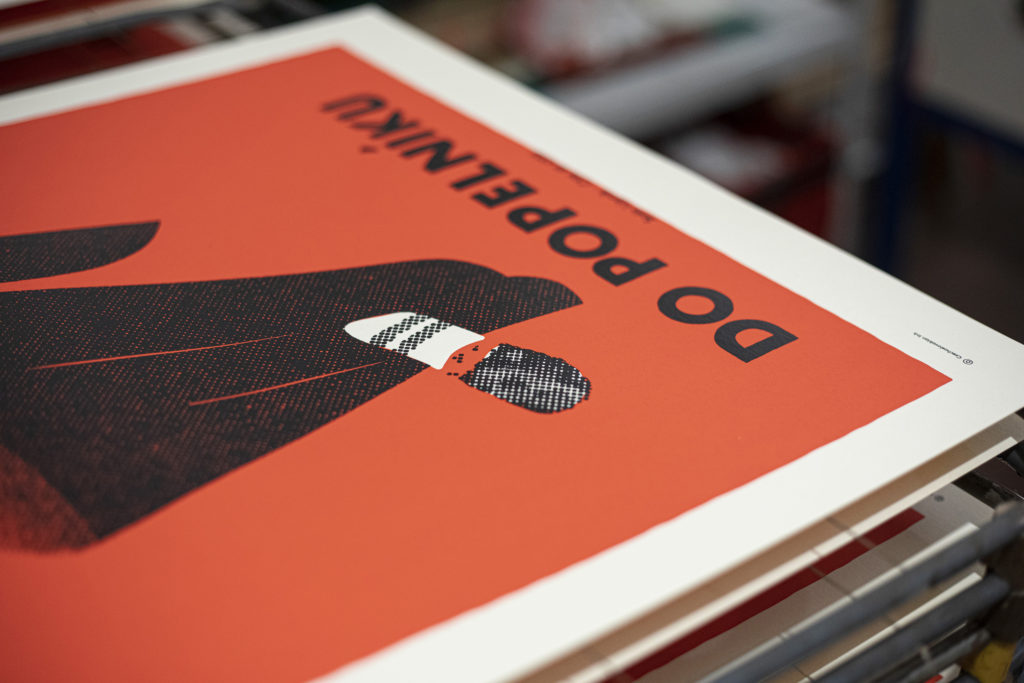
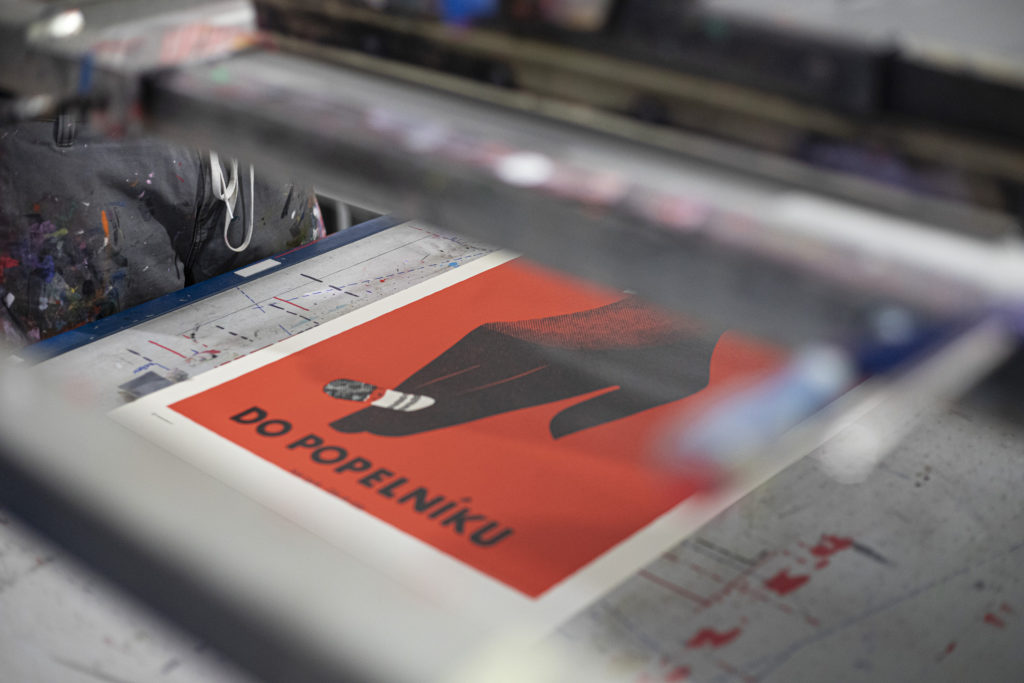
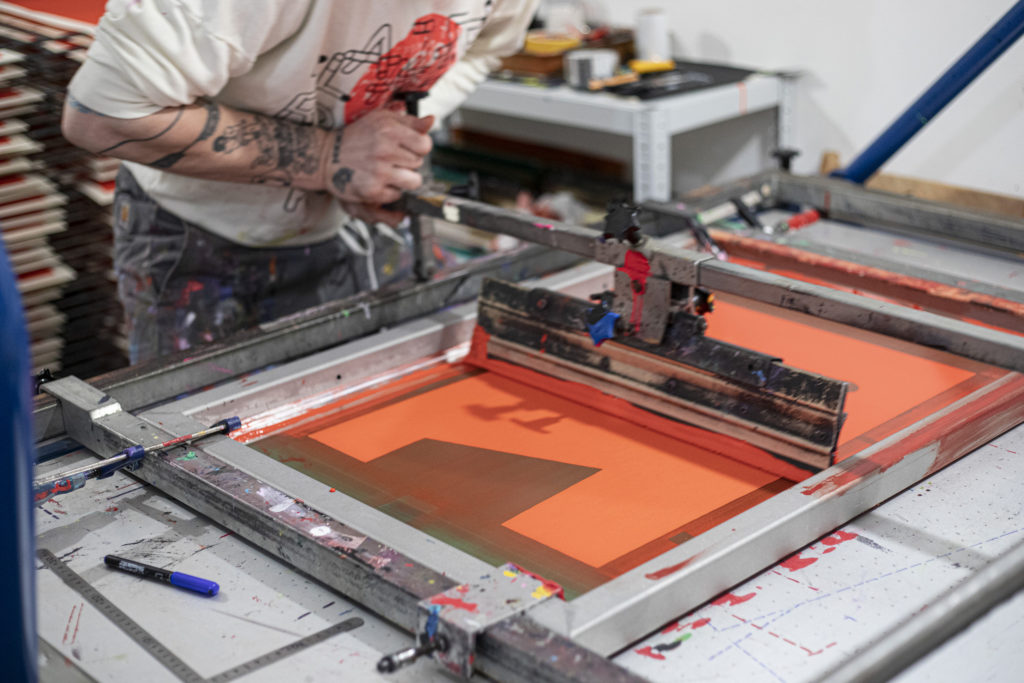
The project is not only reminiscent of the golden age of the matchstick factory in terms of design, but also in terms of process; Oliver Beneš wanted to come as close as possible to the resources available in the 1960s. The only aspect that does not correlate is the digitization of the prints, which he uses to create the stencils for the screen printing process, a necessary process to achieve the high quality of the original artwork.
Follow Oliver Beneš on Instagram or stay up to date on Kickstarter!
